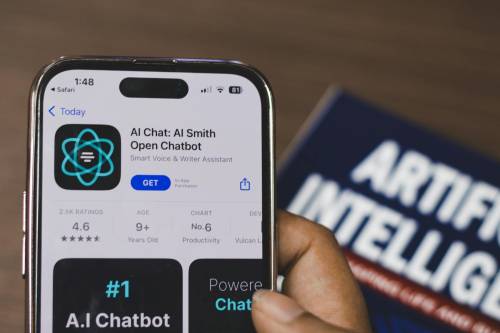

There has been an explosion of AI tools in the productivity space. With writing assistants, meeting note generators, automation bots, and task managers with built-in intelligence, knowledge workers are now juggling a suite of apps that promise to save time and boost output. Gallup reports that over the past two years, the number of U.S. employees who have used AI at least once a year has increased from 21% to 40%. The frequency of AI use has also nearly doubled since Gallup’s first measure in 2023, from 11% to 19%.
However, more tools don’t necessarily lead to more productivity.
When you use too many overlapping, redundant, or clunky AI tools, you can actually lose focus rather than sharpen it. The question is, how do you decide what to keep — and what to discard??
This post will help you audit your AI productivity stack, weed out what doesn’t work, and toss out what doesn’t work without guilt.
Defining Your Productivity Horizon
If you’re considering deleting an app or cancelling a subscription, you should take a step back first. For you, what does productivity genuinely mean? If you cannot define what you’re trying to accomplish, every new tool will seem appealing, and every existing one will be hard to evaluate.
In other words, specifically, what are you trying to achieve?
- Would you like to save time on repetitive, low-value tasks?
- Are you looking to improve your output or creativity?
- Do you want to reduce context switching?
- How about focusing on more extended periods of time?
- Free up your mental energy by automating low-value decisions.
- Collaborate better with your team?
Every AI tool in your arsenal should directly support one or more of these core productivity goals. When a tool does not align with a tangible objective, it is simply adding digital weight and noise. Before you evaluate what you have, you need to understand why you have it.
Taking Inventory of Your Digital Assistants
As your productivity goals have been clearly defined, it is time to take an honest look at your current AI-powered toolkit. To start, compile a comprehensive list of all AI-infused applications you use. To identify overlaps, group them into broad, intuitive categories.
Take into account categories such as:
- Scheduling & calendar optimization. Calendar, Reclaim.ai, and Clockwise use AI to find optimal meeting times, protect focus blocks, and automate scheduling.
- Task & project management. Some platforms use artificial intelligence to schedule and analyze tasks, such as Motion, ClickUp, Monday.com, and Notion AI.
- Note-taking & meeting summaries. You can use apps such as Otter.ai, Fireflies.ai, or Fathom.video to transcribe meetings, create summaries, or perform action items.
- Automation & workflows. AI-driven connectors such as Zapier and Make (formerly Integromat) automate repetitive processes across multiple apps.
- Writing & content creation. You can use tools like ChatGPT, Jasper, Grammarly, Copy.ai to draft, edit, brainstorm, or rephrase text.
- Email & communication. You can manage your inbox, draft replies, or filter messages with smart inbox tools such as Superhuman AI, SaneBox, or Spark Mail AI.
- Learning & research. Platforms such as Perplexity AI, Elicit, Scite.ai, and Consensus help users find information and summarize academic papers.
After categorizing everything, ask yourself: Do multiple tools clearly do the same thing? Is it possible that you are solving problems that you don’t encounter regularly? You’ll get a lot out of this visual inventory.
The Hallmarks of a Keeper: What Deserves Its Place
AI tools are not all created equal, and not all are suitable for your workflow. You should keep those that consistently demonstrate a high return on investment — not just financially, but also mentally and emotionally.
High Return on Attention (RoA).
When used regularly, a valuable AI tool can save you a great deal of time and mental effort. I’d call it an almost invisible efficiency booster. To put it another way, you should feel like these tools work for you, not force you to pay attention constantly to them.
Think. If this tool suddenly disappeared from my workflow today, how much harder or slower would my work become?
Examples;
- By automatically analyzing your calendar and protecting deep work blocks, Reclaim.ai enables you to focus without having to plan ahead constantly.
- For instant proofreading, rephrasing, or tone adjustments on a tight deadline, use Grammarly or ChatGPT.
- A chaotic meeting can be transformed into searchable, shareable, and actionable notes with Otter.ai, saving hours of manual transcription.
It’s only when a tool consistently delivers this kind of seamless, friction-reducing value that its place is earned.
Seamless integration power.
With so many apps now on the market, the most effective AI tools are those that play well with each other. You can reduce silos and create a unified, flowing workflow by integrating your calendar, task manager, communication platforms, and file storage seamlessly. By working within your existing context, they solve problems rather than just solving problems.
Think. By connecting my systems, does this tool reduce complexity, or does it create another isolated island?
Example. Not only does Notion AI boast impressive writing capabilities, but it also integrates with your existing Notion workspace, including wikis, notes, databases, and projects. As a result of this integration, context is maintained, and information flows naturally without copying and pasting or switching environments.
For your digital environment to be cohesive and effective, you need tools that can bridge gaps and enhance coherence.
Genuinely used, not just owned.
Although it might seem obvious, we keep a surprising number of apps purely because they sounded cool in a demo. Rather than in its potential, a tool’s value lies in its actual, consistent usage. Unless it’s an integral part of your weekly routine, it’s wasting your time and potentially wasting your money.
Think. How long has it been since I opened and actively used this tool? Did its use actually improve my output or efficiency?
Action. Don’t be afraid to be brutally honest. If you haven’t used a tool for weeks or months, despite its initial promise, it’s probably time to get rid of it.
The Art of the Purge: What to Ditch Without Guilt
It’s now time for the liberating part: identifying the digital dead weight. By letting go of unnecessary tools, you free up mental bandwidth, streamline your processes, and often save money.
Tools that solve the same problem twice (or thrice).
In most cases, this is the cause of AI stack bloat. It’s easy to sign up for multiple free trials or paid subscriptions for apps that essentially perform the same function on the market.
Action. If you’re using Otter.ai and Fireflies.ai for meeting notes, for example, evaluate which one provides the best user experience, the most accurate summaries, or the smoothest integration with your calendar and CRM. Next, choose one of them and eliminate the other(s) ruthlessly. You want one tool for one solution.
Tools you’re babysitting: The high-maintenance intern.
Despite their promise of intelligence, some AI tools are a source of frustration. It takes a lot of manual input, constant corrections, training time, or babysitting even to get passable results. It’s a net negative if you’re spending more time tweaking AI than utilizing its output.
Think. Are you seeing this tool as a co-pilot, a smart assistant that takes care of my work, or as a high-maintenance intern that needs constant oversight?
Action. If an AI tool demands more time and energy from you than it saves, it isn’t truly productive. Let it go. It’s not worth your time to spend it training a bot that will not be productive.
Free trials you never fully adopted: The ghost apps.
Is there any “AI-powered” app you signed up for on a whim, convinced it would change the way you work? Do you still have any of those sitting in your bookmark bar or on your desktop, barely used since you started testing them?
Action. If your free trial has expired, or if you’ve had an app for a while but have not fully integrated it, it’s time to cancel the subscription, delete the app, or close the browser tab. Known as ghost apps, these apps create mental clutter and are a burden on the subconscious.
Reframing & Reassessing: Strategic Adjustments
You don’t have to keep or discard every tool outright. You may only need to change how you perceive them or integrate them into your workflow for some of them.
Reframe AI tools as team members.
Don’t view your AI stack as a collection of disparate pieces of software. Think of it as a highly specialized team of experts. By shifting your mindset, you will be able to assign clear roles, identify redundancies, and appreciate each employee’s specific contributions.
- Who’s your strategist/brainstormer? ChatGPT or Claude can be used for idea generation, complex problem solving, and broad research, for instance.
- Who is your scribe or recorder? Otter.ai, for example, converts spoken words into searchable text.
- Who’s your assistant or scheduler? For managing your calendar and protecting your focus, try Reclaim.ai.
- Who are your fixers/refiners? To ensure polished communication, use a tool like Grammarly.
- Who’s your automator/connector? Zapier, for example, allows you to link apps and automate routine tasks.
When you assign clear, distinct roles, you prevent overlapping responsibilities and ensure each “team member” is doing their part effectively.
Revisit automation tools quarterly.
Zapier, Make, or even complex Notion formulas can become stale or silently break without you noticing. Often, your needs change, external APIs change, and workflows that were brilliant six months ago no longer work.
Action. Schedule a quarterly review of your automation workflows.
- Do they still solve relevant problems that save you time?
- Have they been running successfully without any errors?
- Are they not causing unexpected issues or incorrect data downstream?
By performing proactive maintenance, you ensure that your automations remain an asset instead of a source of anxiety.
Building Your Lean AI Productivity Stack: A Streamlined Example
Once you’ve defined your productivity goals and categorized your current tools, the next step is to build a high-impact AI stack. To achieve this, make sure you keep only what is truly necessary and get rid of what doesn’t serve your needs.
Many times, accumulating too many tools that perform the same function leads to confusion and wasted time. With a lean AI stack, each tool has a distinct, essential role, rather than competing for your attention.
The following is an example of how a powerful, efficient AI productivity stack would look, covering most major functions but avoiding unnecessary overlap:
Calendar.com: Your Virtual Scheduling Assistant.
With this platform, you can simplify and streamline the planning of all your meetings and events. Integrates seamlessly with popular tools like Zoom and Slack, aggregates calendars from various sources, and even tracks your meeting habits to help you maximize your time. You can think of it as a proactive assistant that handles all the complexities associated with scheduling.
ChatGPT (or Claude): Your Primary AI Brain.
With ChatGPT (or Claude), you can get quick insights, creative text, or help with structuring complex thoughts. You can use it to generate content, draft content, brainstorm, and serve as a versatile “strategist.”
Notion AI: Your Central Knowledge Hub.
With Notion AI, you can manage knowledge, track projects, and write directly within notes and databases. As your “central hub,” it facilitates information organization, collaboration, and even writing enhancements within your structured notes.
Reclaim.ai: Your Proactive Time Optimizer.
With this clever calendar and task prioritization tool, you can organize your day dynamically. As you change your priorities and commitments, Reclaim.ai automatically blocks out time for focused work and intelligently schedules tasks. It’s your time-saving “assistant.”
Otter.ai (or your preferred meeting transcriber): Your Dedicated Scribe.
Put an end to frantic note-taking during meetings and calls. With Otter.ai, every spoken detail is captured and transcribed, allowing you to be fully engaged and present. As your reliable “scribe,” it provides accurate records without manual intervention.
Zapier (or Make): Your Efficient Workflow Automator.
Zapier is indispensable for truly streamlining your processes. Using this software, you can move data between platforms and trigger actions based on specific events. This is your “ultimate automator,” doing the tedious work for you so you can focus on the more valuable tasks.
This combination of six carefully selected AI tools covers nearly every major productivity function efficiently, fostering clarity and maximizing output without adding unnecessary complexity or redundancy.
Final Thoughts: More Isn’t Better. Better Is Better.
AI can supercharge your productivity — but only if you integrate it thoughtfully and discernibly. In the end, a bloated, disorganized tech stack creates mental noise, slows you down with decision fatigue, and ultimately decreases your effectiveness. By contrast, a streamlined, carefully curated one creates clarity, enhances focus, and empowers you to achieve your goals.
Don’t forget this core principle: more isn’t better; better is. In addition to making you faster, the best tools also enable you to be freer. It gives you more time and energy to focus on the tasks that truly matter, the ones that only you can accomplish.
So, take control. Perform an audit of your AI stack. Get rid of what you don’t need or use. And, allow your most valuable tools to shine, enabling you to achieve greater productivity and impact.
Image Credit: Sanket Mishra; Pexels
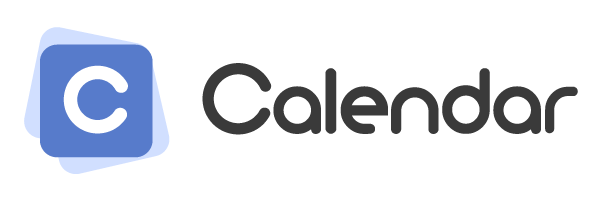
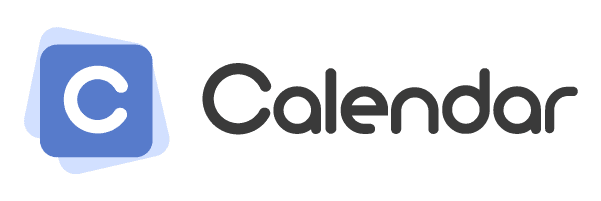
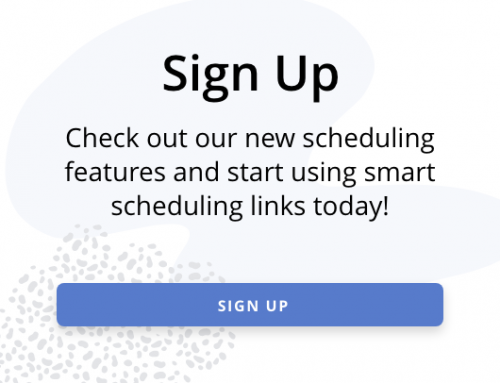




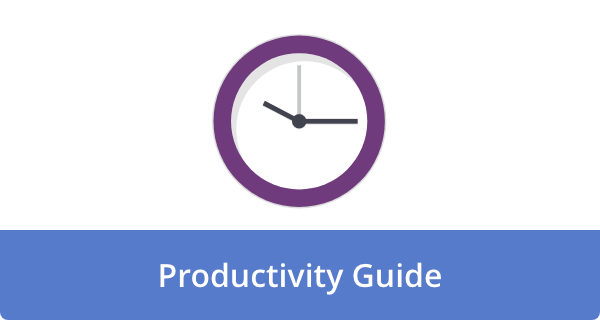


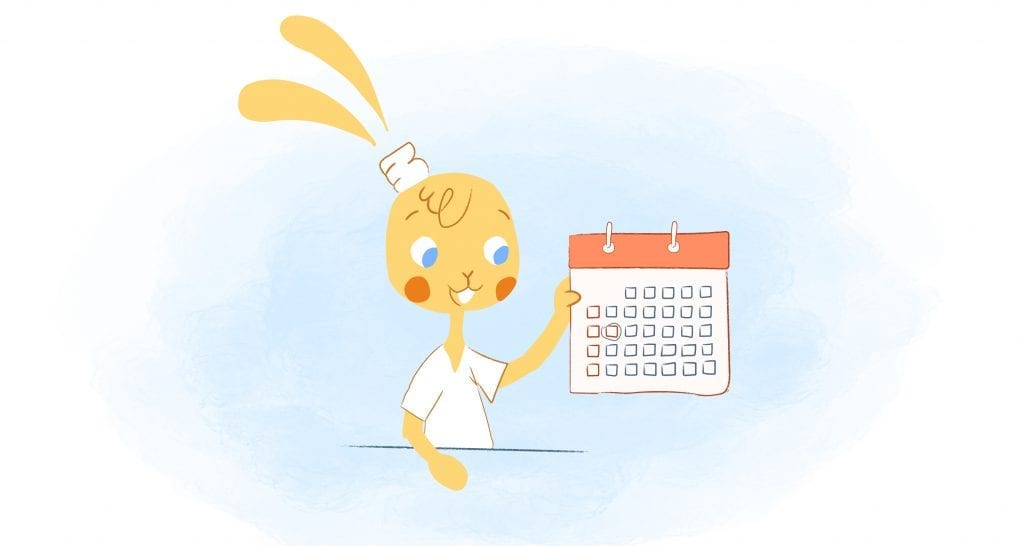
John Rampton
John’s goal in life is to make people’s lives much more productive. Upping productivity allows us to spend more time doing the things we enjoy most. John was recently recognized by Entrepreneur Magazine as being one of the top marketers in the World. John is co-founder of Calendar.